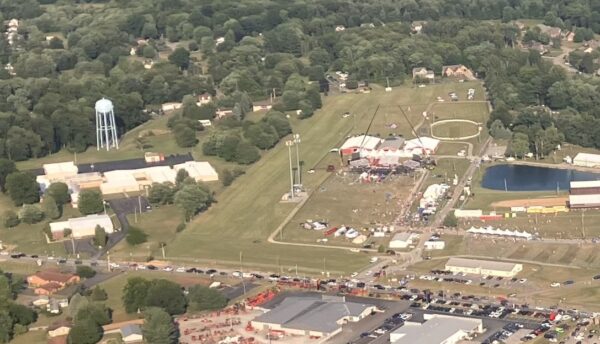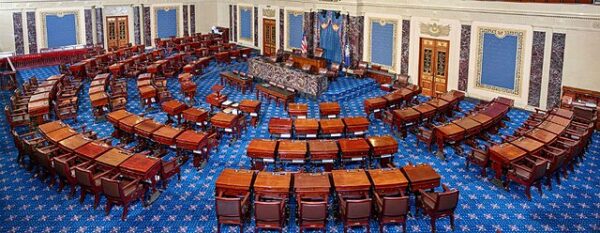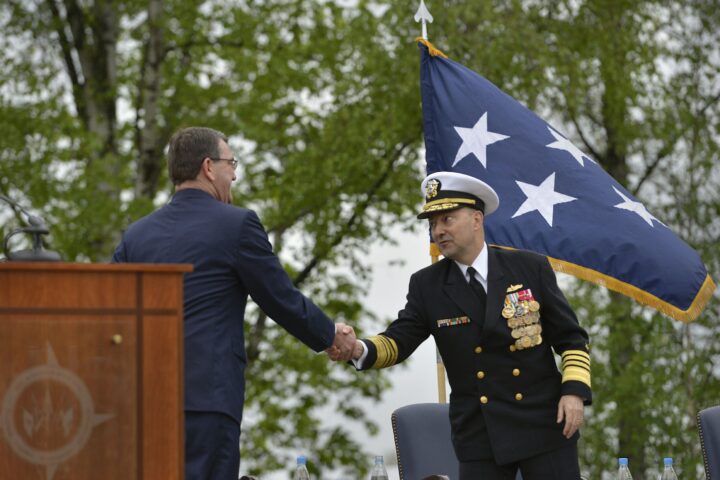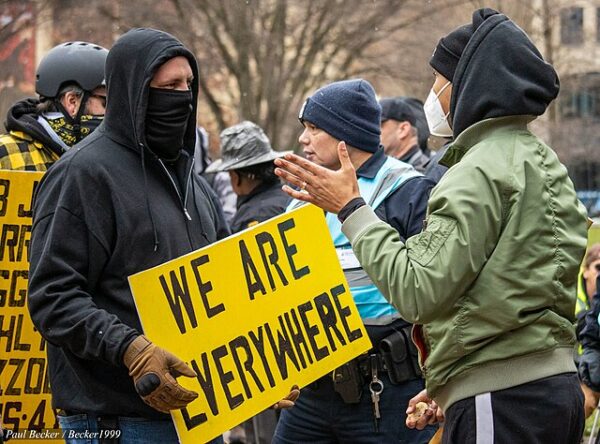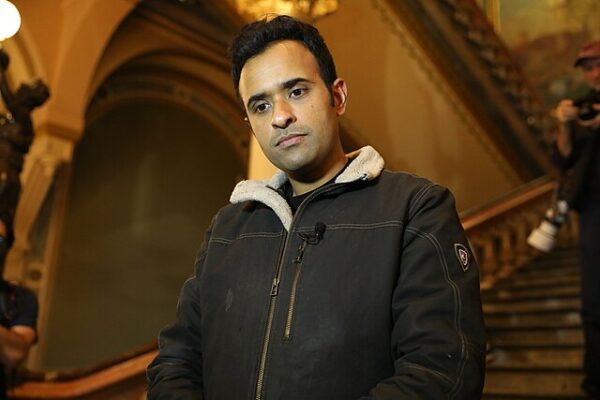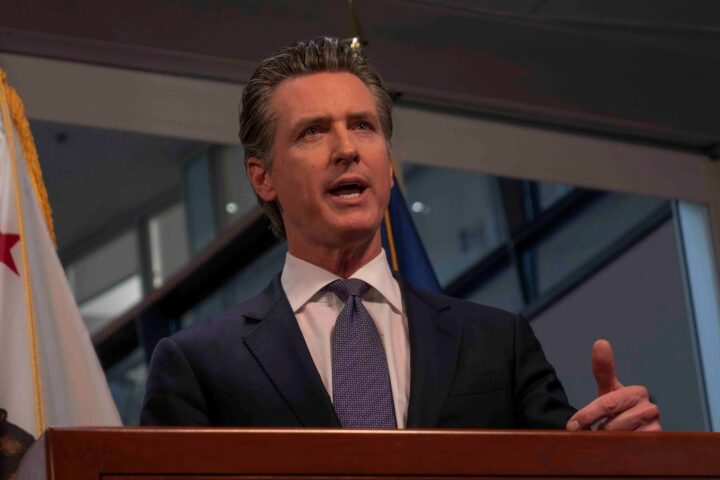CBS News correspondent Scott MacFarlane reportedly sparked criticism this week after claiming he was diagnosed with PTSD within 48 hours of the July 13th assassination attempt against President Donald Trump—not because of the gunfire, but because he feared Trump supporters might turn on members of the media.
Appearing on “The Chuck ToddCast,” MacFarlane said the traumatic event for him wasn’t the shooting itself, but rather the reaction of the crowd. “It wasn’t the shooting, Chuck. I got diagnosed with PTSD within 48 hours,” he told host Chuck Todd. “I got put on trauma leave. Not because, I think, of the shooting, but because you could — you saw it in the eyes, the reaction of the people. They were coming for us.”
Rather than center the gravity of the attempt on the president’s life—or the death of rally attendee Corey Comperatore, who was killed shielding his family—MacFarlane claimed the real threat came from attendees. “If he didn’t jump up with his fist, they were going to come kill us!” he declared.
His account of a hostile mob at the rally drew raised eyebrows, particularly given the chaos of the moment and the absence of any reports confirming an attack on journalists.
“There was a subset — not everybody — there’s dozens of people in the crowd who started coming for us, saying, ‘You did this. This is your fault. You caused this. You killed him.’ And they’re going to beat us with their hands,” MacFarlane claimed.
He continued, “Many of us on press row, as we talked about this on our text chains for weeks after, were quite confident we’d be dead if he didn’t get back up.”
Despite these sweeping accusations, MacFarlane offered no evidence of actual violence or injury toward journalists. Yet he insisted: “They were going to kill us.” He added, “Respectfully, the Secret Service had bigger issues than protecting us.”
MacFarlane even described the sight of the crowd as a reflection of modern America, remarking, “That’s what America is right now. It’s not rational. It’s an irrational thought to think the media shot somebody from atop a building.”
Critics argue that MacFarlane’s narrative conveniently shifts attention away from the failed assassination of a sitting president and instead frames the press as the real victims.
With no evidence of physical threats against reporters, and amid an unprecedented act of political violence, many questioned the decision to center a story of media fear and trauma.
The actual shooter, 20-year-old Thomas Matthew Crooks, fired at Trump from a rooftop 400 feet away, killing one and injuring others. Trump, bleeding from his right ear, rose with a clenched fist—an image of defiance that has since become iconic.
For many Americans, that moment was about Trump’s increadible courage under fire. For MacFarlane, it appears to have been an exercise in self-centered narcissism.

